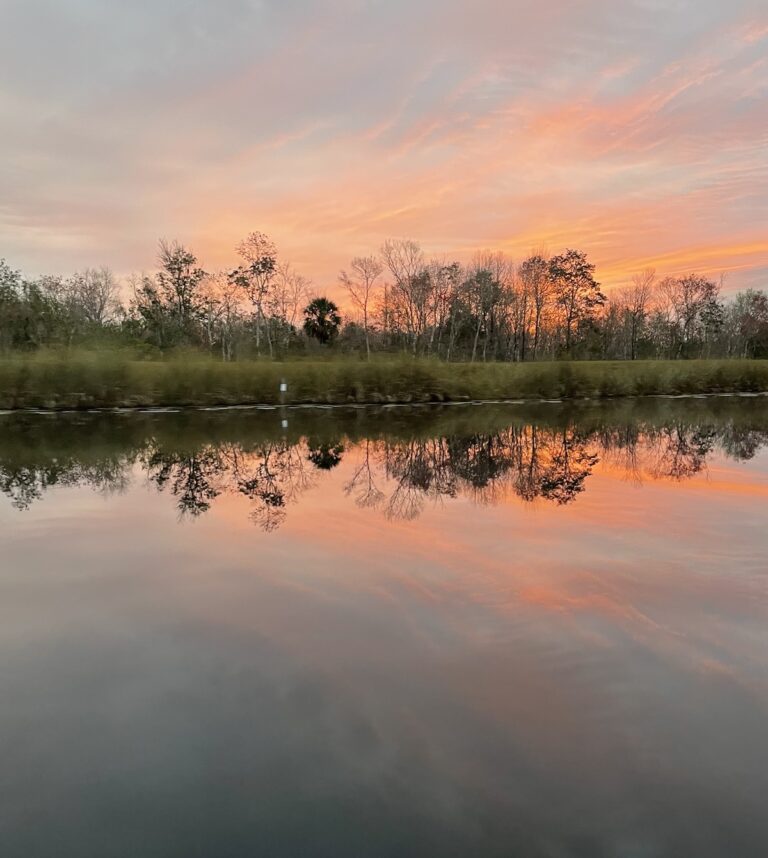Ocotillo News

Nestled within the arid landscapes of the southwestern United States and northern Mexico, the ocotillo stands as a symbol of resilience and adaptation. Its striking appearance, characterized by slender, spiny stems reaching towards the sky, has captivated the imagination of both botanists and nature enthusiasts alike. Beyond its aesthetic appeal, the ocotillo harbors a wealth of ecological significance and cultural relevance. In this article, we delve into the latest news, insights, and discoveries surrounding this iconic desert plant.
Unveiling the Ocotillo’s Ecology:
The ocotillo (Fouquieria splendens) is a drought-resistant succulent that thrives in the harsh conditions of desert environments. Its ability to survive extended periods of drought is attributed to a unique mechanism wherein the plant can quickly respond to rainfall by producing leaves, flowers, and even new stems within a matter of days. This remarkable adaptation enables the ocotillo to capitalize on scarce water resources, making it a vital component of desert ecosystems.
Recent studies have shed light on the ecological role of the ocotillo in promoting biodiversity and soil stability. Research conducted in desert regions has revealed that the dense network of roots formed by ocotillo plants helps prevent soil erosion and creates microhabitats that support a diverse array of plant and animal species. Furthermore, the flowers of the ocotillo serve as an important nectar source for pollinators such as bees, butterflies, and hummingbirds, contributing to the overall health of desert ecosystems.
Exploring Cultural Significance:
Beyond its ecological importance, the ocotillo holds significant cultural value for indigenous communities throughout the southwestern United States and northern Mexico. For centuries, indigenous peoples have utilized various parts of the ocotillo for medicinal, culinary, and ceremonial purposes. The plant’s flexible stems have been fashioned into tools, building materials, and even musical instruments by indigenous artisans, highlighting the deep connection between human communities and the natural world.
In addition to its practical uses, the ocotillo features prominently in indigenous folklore and spirituality. Many tribes regard the plant as a symbol of endurance, strength, and vitality, drawing inspiration from its ability to thrive in harsh environments. Rituals and ceremonies centered around the ocotillo are often performed to honor the plant’s resilience and to seek blessings for bountiful harvests and abundant rains.
Emerging Trends and Conservation Efforts:
As interest in desert ecosystems continues to grow, so too does the need for conservation initiatives aimed at protecting the ocotillo and its fragile habitat. Organizations dedicated to desert conservation are working to raise awareness about the importance of preserving ocotillo populations and the ecosystems they support. Efforts to mitigate habitat destruction, combat invasive species, and promote sustainable land management practices are essential for safeguarding the future of the ocotillo and other desert flora and fauna.
Furthermore, advancements in scientific research and technology are providing new insights into the biology and ecology of the ocotillo. Researchers are utilizing tools such as remote sensing, genetic analysis, and ecological modeling to better understand the factors influencing ocotillo distribution, abundance, and resilience in the face of environmental change. By integrating traditional ecological knowledge with modern scientific approaches, conservationists can develop effective strategies for protecting ocotillo populations and preserving desert biodiversity.
Conclusion:
The ocotillo news stands as a symbol of endurance, adaptation, and cultural significance in the deserts of the southwestern United States and northern Mexico. Its remarkable ability to thrive in harsh environments, coupled with its ecological importance and cultural value, underscores the need for concerted efforts to conserve this iconic desert plant and the ecosystems it inhabits. By embracing interdisciplinary approaches and fostering collaboration between scientists, indigenous communities, and conservationists, we can ensure that future generations continue to marvel at the beauty and resilience of the ocotillo for years to come.





